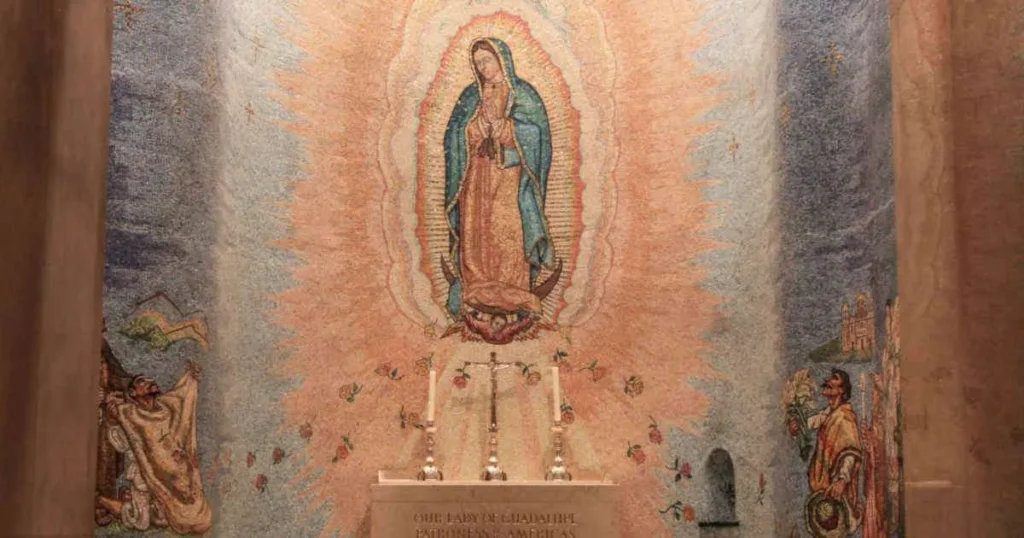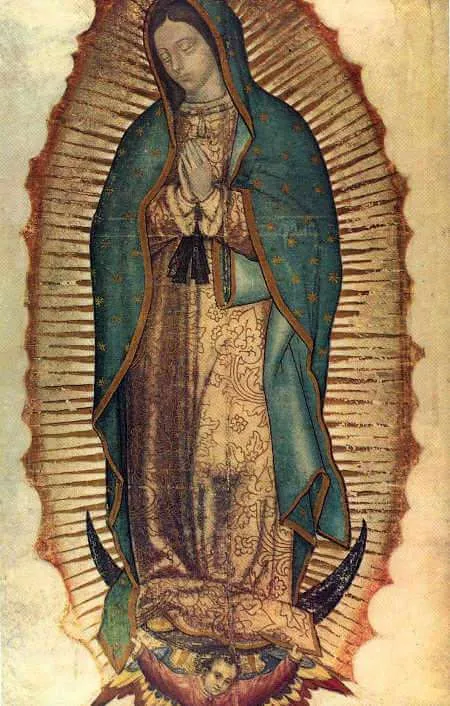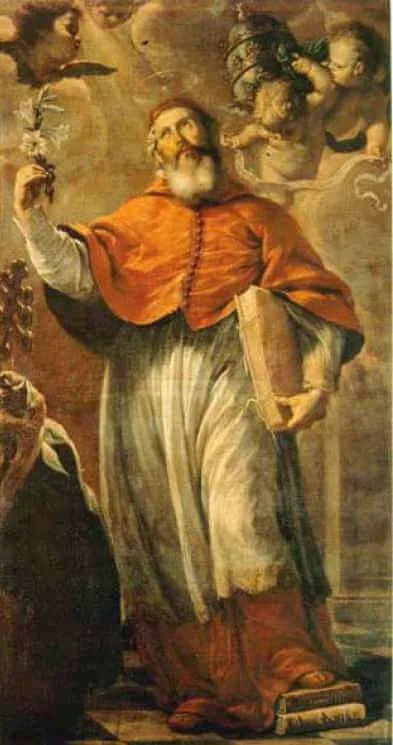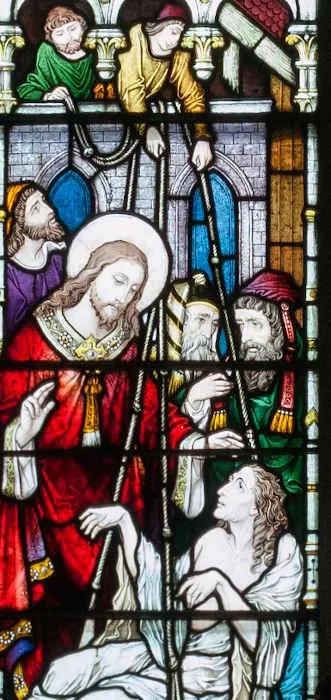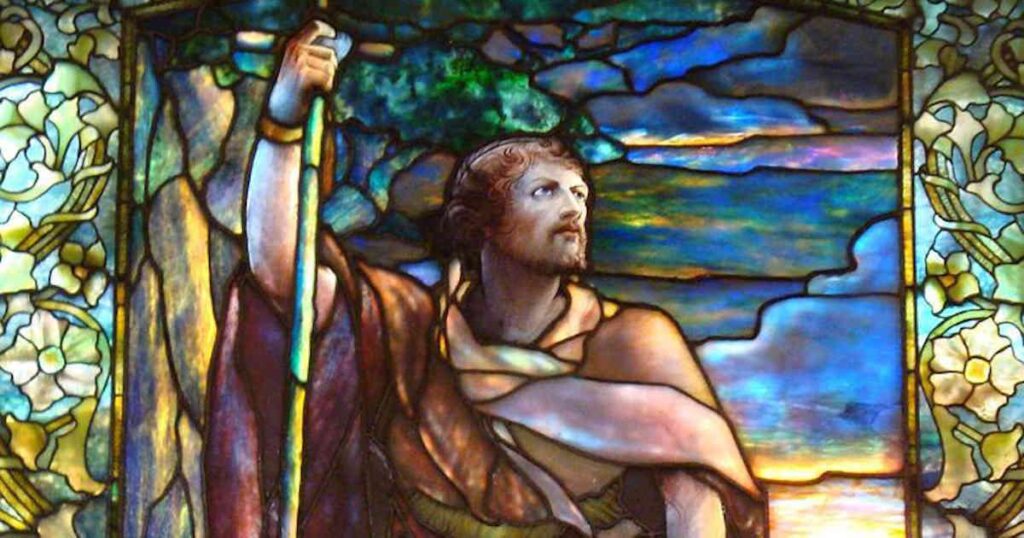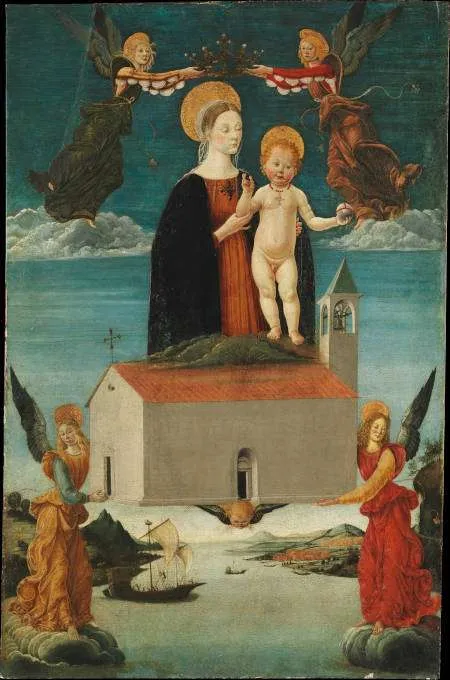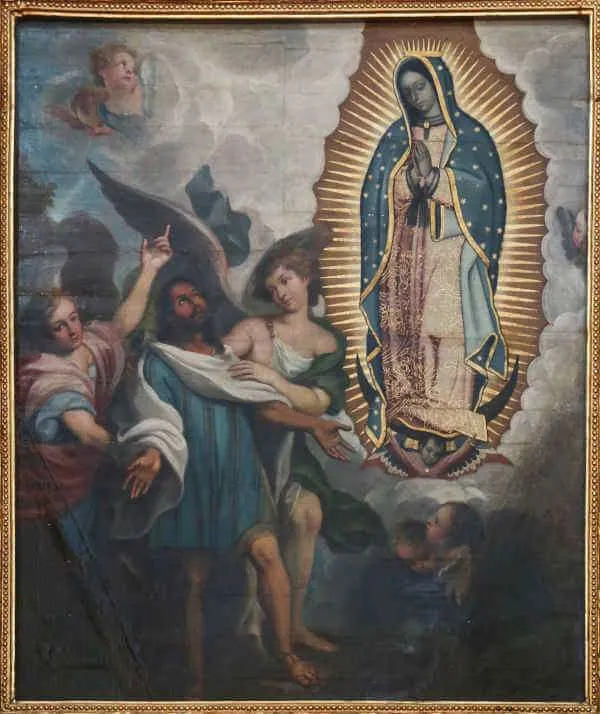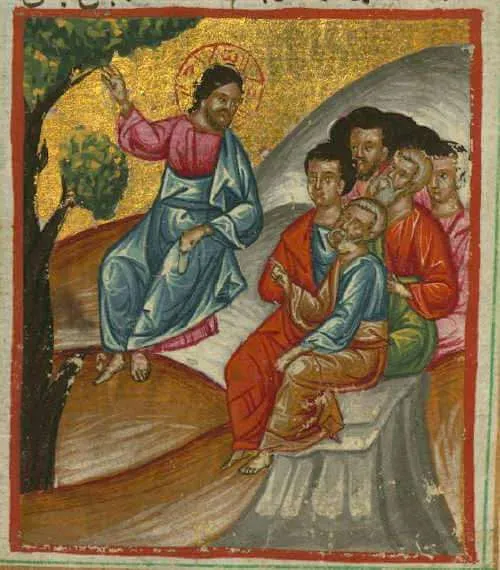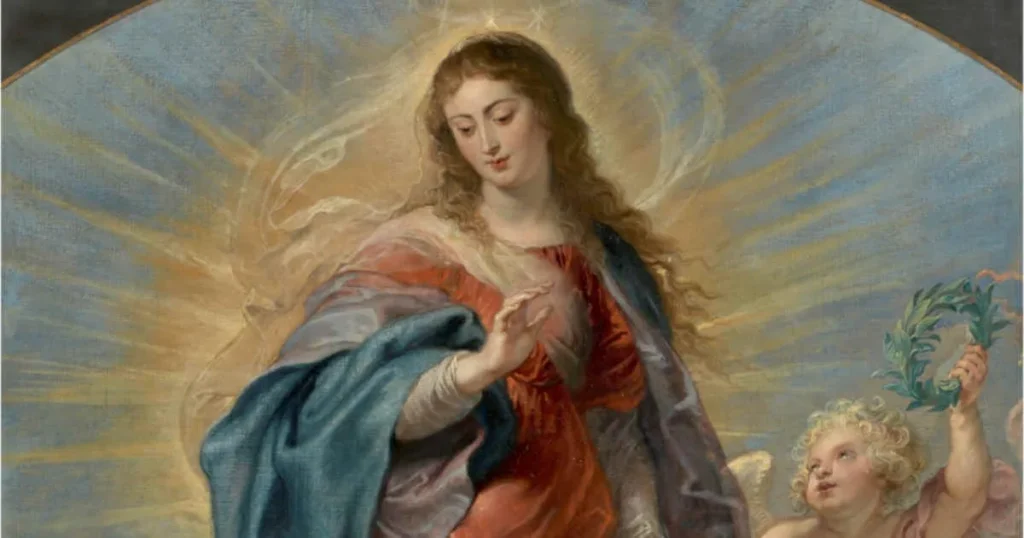Our Lady of Guadalupe
Patroness of the Americas
On December 9, 1531, Juan Diego’s life was forever changed, and the Mother of God immediately strengthened the missionaries’ efforts. Juan was walking some distance to the nearby city of Tlatelolco early in the morning so he could attend daily Mass and catechism class.
As Juan passed by Tepeyac Hill, a heavenly woman appeared to him. She appeared as a mestiza woman, a mixture of Spanish and Indigenous heritage, with dark-toned skin and long black flowing hair. Behind her was an oval of beaming rays that resembled the sun. She was clothed in a rose-colored robe with a blue-green mantle, adorned with gold stars and a golden edge. On her protruding womb was a bow with a four-petal floral design that depicted abundant new life. She wore a black tassel above her womb, which was an Aztec indication of pregnancy. She was standing on a crescent moon held by an angel. Her general appearance was one of great sanctity, peace, gentleness, and high nobility.
As soon as she appeared, she spoke to Juan in his native Nahuatl language, referring to him affectionately as “Juanito, Juan Dieguito…” (My little Juan, my dear Juan Diego), and lovingly introducing herself to him as the Ever-Virgin Mary, the Mother of God. She told Juan that she wanted a church built on that very spot in her honor and instructed him to inform Bishop Zumárraga of her request. Juan did so that same day, but the bishop needed time to think about his request.
Juan then returned home by the same route and once again encountered the Mother of God at the same spot. He regretfully informed her that the bishop did not agree to her request and humbly suggested to her that she pick someone more important for the task so that the bishop would more easily agree. Smiling, the Blessed Virgin Mary informed Juan that he was her chosen one and that he should return to renew her request to the bishop.
The following morning, December 10, Juan did as the Mother of God had asked. He returned to the bishop’s residence and informed him that the Virgin Mary appeared a second time, renewing her request. This time, the bishop appeared to be more open and told Juan that if the Mother of God appeared to him a third time, he should ask her for a sign so the bishop could be certain that the request came from her.
While returning to his home, the Virgin Mary appeared to him a third time at the same spot and Juan informed her of the bishop’s request. The Mother of God agreed to meet that request and instructed him to return to her at their meeting spot the following day.
The next day Juan’s uncle, Juan Bernardino, came down with a sudden and severe illness, so Juan remained with him all day and was unable to go to meet his heavenly mother. Very early the next morning, Juan Bernardino’s condition worsened, so Juan Diego set off for the city to ask a priest to come to anoint him. Because he was in a hurry and feared being delayed by the Mother of God, Juan took an alternate route to the city, but the Mother of God appeared to him on that route.
When Juan informed her of his uncle’s illness, the Mother of God exclaimed with love, “Am I not here, I who am your mother?” She assured Juan that she had already cured his uncle, which was confirmed when Juan arrived home to his uncle who informed Juan that he, too, had experienced an apparition of the Mother of God who healed him.
In the meantime, the Mother of God asked Juan to climb a hill where he would find roses that were not in bloom that time of year. He did so, picked them, and returned to her. She rearranged the roses in his cloak (tilma) and told him to go to the bishop and show him the roses as proof for him. So Juan set off for the bishop’s residence.
After arriving, Juan remained waiting for a long time. When he was finally announced and entered the bishop’s residence, he opened his tilma and poured the roses on the ground, telling the bishop that they were the sign he asked for. As he did so, the Mother of God imprinted her image on Juan’s tilma, just as she had appeared to him. The bishop fell to his knees and venerated her. The bishop kept Juan’s tilma in his chapel until he built a chapel in compliance with the wishes of the Mother of God.
Bishop Zumárraga led an elaborate procession to the new Tepeyac Hill chapel, where he enshrined the tilma on December 26, 1531. Juan was so transformed by the experience that he successfully requested permission from the bishop to build a hut nearby and live as a hermit and guardian of the image.
From that time on, Juan’s prayer life grew deep and his virtues became continuously more pronounced. The story spread rapidly among the Aztec peoples of every tribe, and many came to venerate the holy image, while Juan Diego offered hospitality and further details that inspired many conversions.
The tilma itself is believed to be miraculous for many reasons. The cloth on which the image is imprinted is made from cactus and normally disintegrates after about fifteen years. The tilma, however, is now almost 500 years old and is in perfect condition. The image itself does not appear to have been painted by human hands. There are no brush marks, and it has remained vibrant over the years without fading.
No underlying sketch of the image can be found by modern scientific techniques. The eyes of the Virgin have been examined under magnification and reportedly reveal a reflection of the bishop on his knees along with some others nearby. In 1921, a bomb exploded next to the image in an attempt to destroy it, bending a thick medal cross on the same altar but leaving the image undamaged.
Perhaps the greatest sign of the miraculous nature of the image of Our Lady of Guadalupe is the spiritual impact that it has had upon the native people of Mexico and throughout the world. The fact that Our Lady appeared as a mixture of native and Spaniards was her way of communicating to the natives that God wanted them to be open to the message of the Gospel from the Spanish missionaries.
The bishop who built the chapel, the priests who served there, and especially the native Juan Diego himself could be trusted, and the message they had to share was heavenly. Miracles followed and conversions took place at a pace previously unseen by missionaries. Our Lady proved herself to be the greatest of evangelizers. Her appearance as a mixture of Spaniard and Indigenous also sent a message to the Spaniards that they needed to treat their new neighbors as family.
Today the Basilica in which the image of Our Lady of Guadalupe is enshrined remains one of the most sacred places of inspiration and pilgrimage in the Americas. She is patroness of the Americas and is especially revered in Mexico. As we honor this sacred apparition of the Mother of God, ponder the ongoing miracle of the 500-year-old tilma of Saint Juan Diego. To this simple and humble man, God sent His mother as a missionary; through him, the Blessed Virgin Mary’s message resonates today.
Source: https://mycatholic.life/saints/saints-of-the-liturgical-year/12-december-usa-our-lady-of-guadalupe–feast
Our Lady of Guadalupe Read More »


